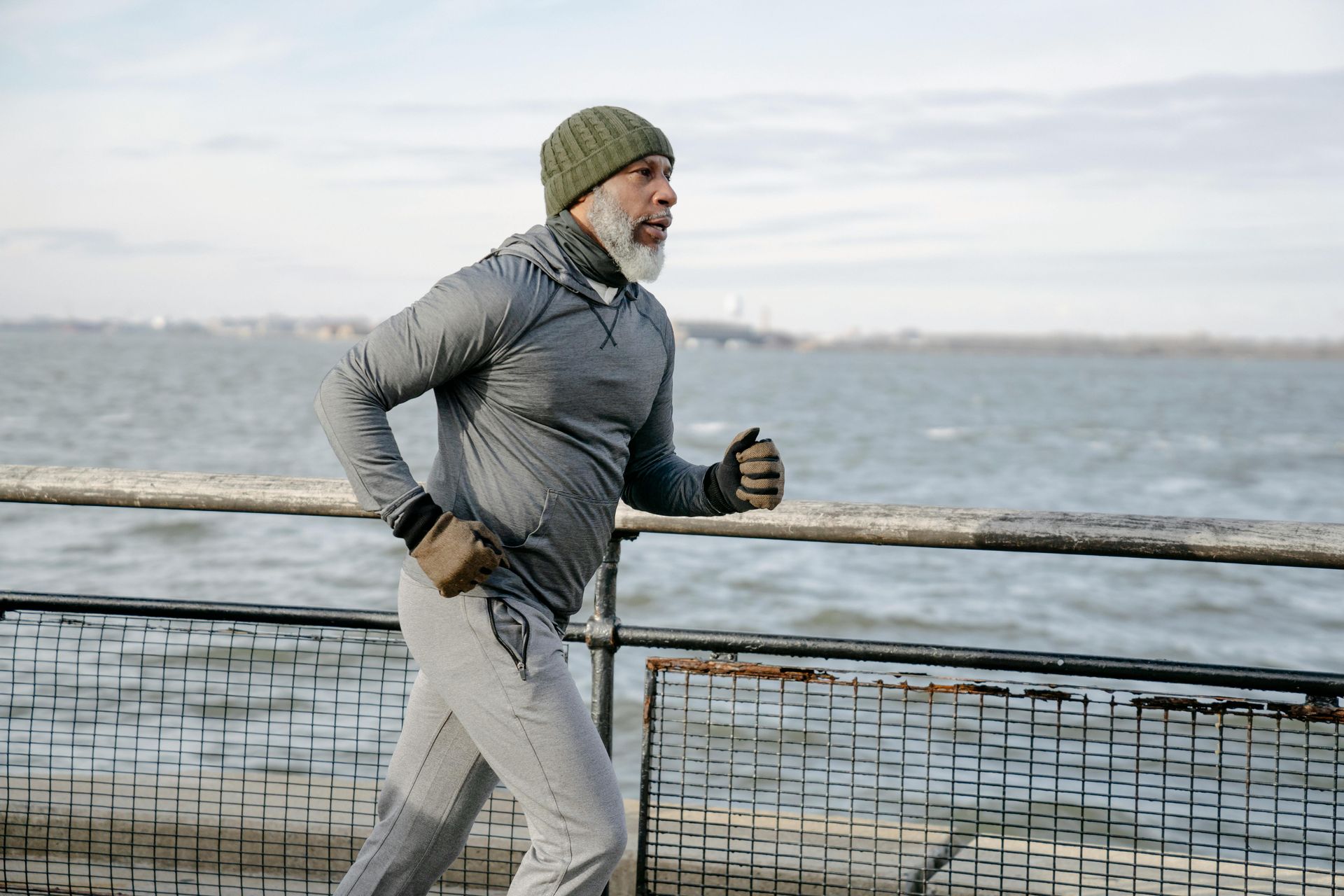Strength Testing: How Strong Are Your Quads?
Single-leg squats are a fantastic way to test your strength and balance, especially following an injury like an ACL reconstruction. A study by Culver et al. (2016) found that patients who could perform at least 22 repetitions of single leg squats after ACL surgery had better knee-related outcome scores and improved quality of life at both 1 and 3 years post-op, compared to those who couldn't.

Why Single-Leg Squats?
This exercise isn't just for those recovering from injury. Single-leg squats are a powerful tool for anyone looking to improve strength, stability, and performance, particularly in sports. The movement challenges your leg muscles while also engaging your core and promoting balance, making it a comprehensive test of functional strength.
How to Test Your Strength
Take a moment to see how many single-leg squats you can do. To make it even more effective, compare your right and left leg performance:
How many can you do on each leg?
Is there a difference between your right and left leg?
A significant difference between the two sides could indicate a muscle imbalance, which may affect your performance or put you at risk for injury.
Ready to give it a try? Check out the video below for guidance:
Start today and use single-leg squats as a key part of your strength capacity testing and overall fitness routine. Whether you're recovering from an injury or aiming to optimise your sports performance, this simple exercise offers profound benefits!



